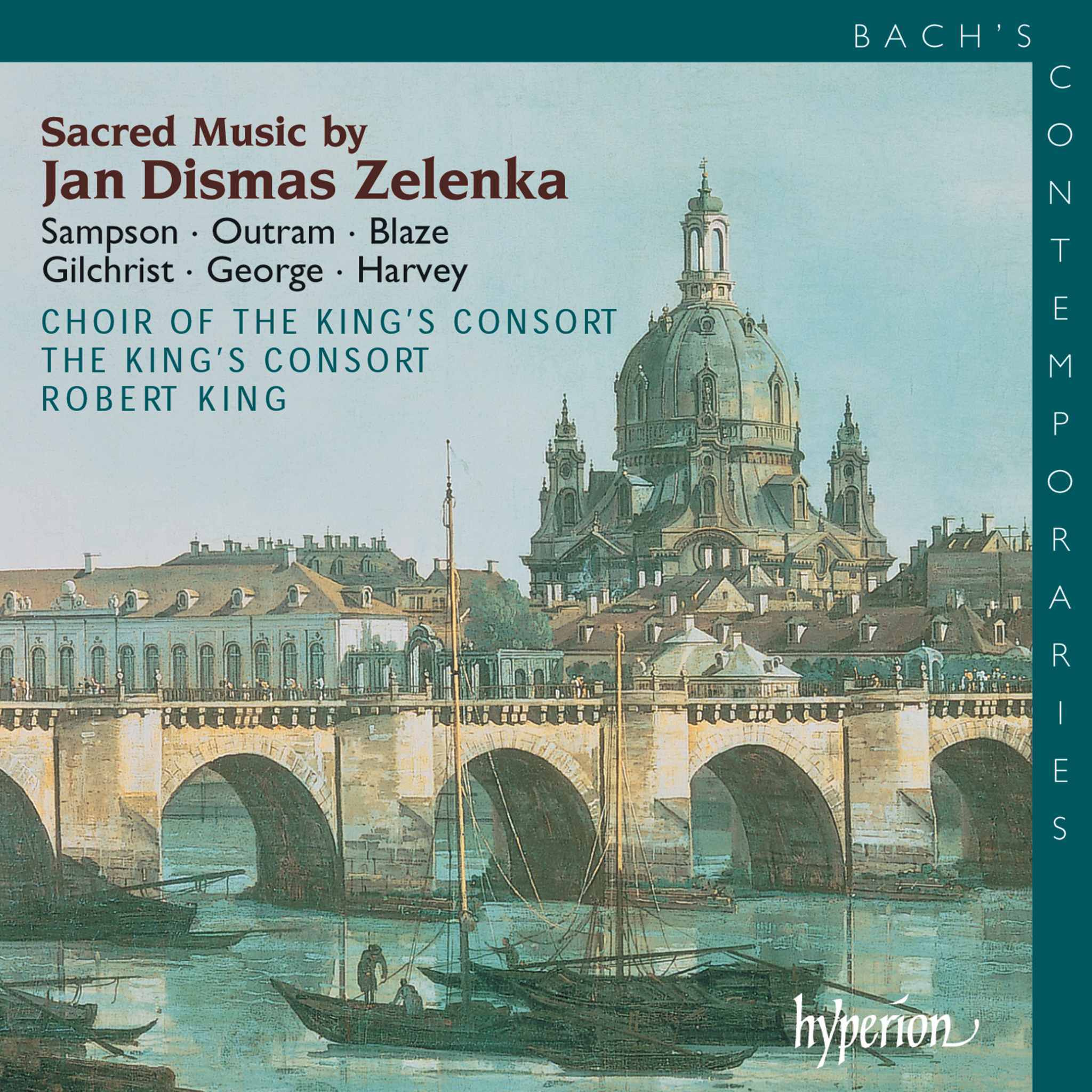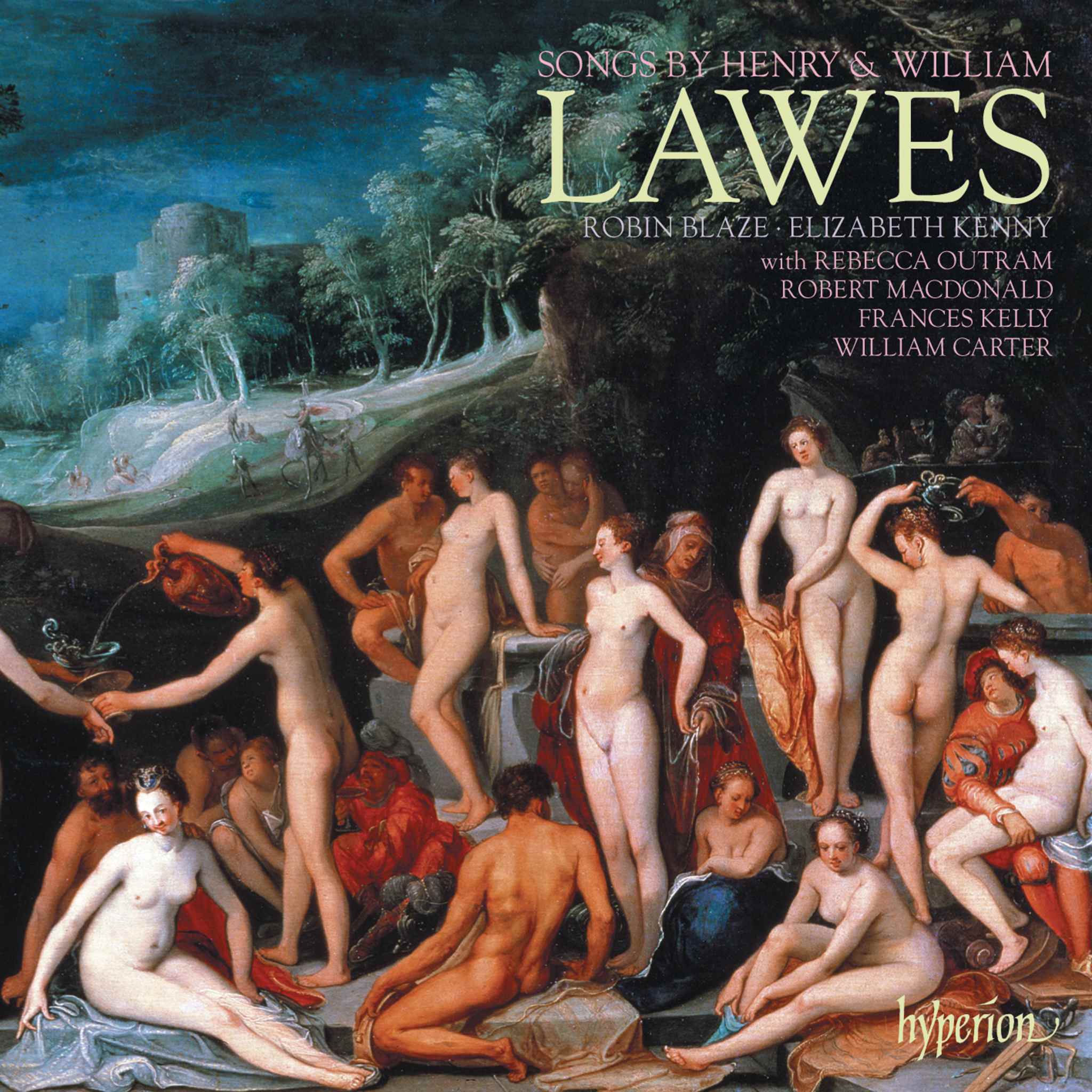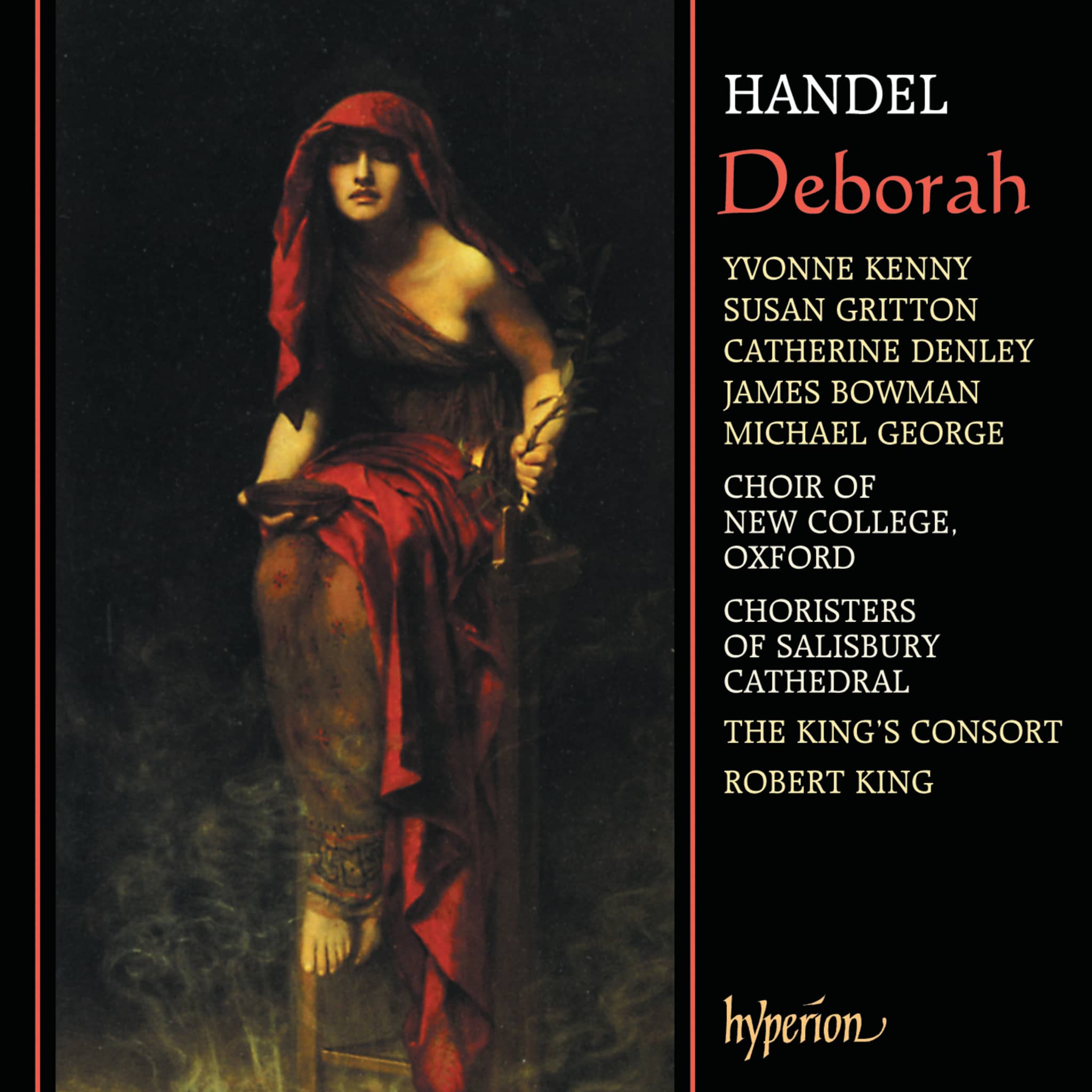Album insights
During a time when family professions were often inherited, the idea of musicians coming from musician families was quite common. Handel, among the three famous composers born in 1685, stood out as an exception to this norm. He pursued a musical career despite resistance from his father, who was a barber-surgeon. Bach and Scarlatti, on the other hand, had a lineage of professional musicians among their ancestors, siblings, and children. When discussing keyboard music, mentioning "Bach" implied Johann Sebastian Bach, whereas the name "Scarlatti" without a first name allowed for multiple attributions. Alessandro's name was predominantly associated with vocal music works, while Domenico was linked to compositions for keyboard instruments, even though his father also excelled in harpsichord composition, as showcased on a particular CD. Alessandro Scarlatti’s father, Pietro Scarlata, had little known involvement with music, yet his wife, Eleanora d’Amato, was the sister of the maestro di cappella at the Palermo Cathedral. It is speculated that the latter's recitative-style passions, performed at the cathedral well into the 19th century, may have influenced Alessandro's early musical style. Apart from a daughter who passed away in early childhood, Pietro had two daughters and his youngest son, Francesco, went on to become a singer and composer. As the eldest child, Alessandro (1660–1725) likely received music instruction from relatives since there were no formal music education options available in Palermo. At the age of 12, he and his two sisters were sent to Rome for further studies, possibly under the tutelage of the renowned composer Carissimi. This recommendation might have been facilitated by Marc’Antonio Sportonio, a former student of Carissimi and a prominent composer in Sicily.
In the period when Alessandro was navigating the Roman music scene, there was a rich musical culture thriving between composers like Palestrina and Corelli, contrary to common assumptions. Scarlatti initially secured positions in ecclesiastical institutions in Rome before later transitioning to Naples. Throughout his career, he composed numerous operas, at least 34 specifically for Naples between 1683 and 1702, a task solidifying the city’s status as a notable opera hub in Italy. Scarlatti’s works, including over 600 chamber cantatas, were often tailored for Roman patrons like Ottoboni, Pamphili, and Ruspoli. Despite attempts to secure a position at the court of Prince Ferdinando de’Medici in Tuscany, Scarlatti's efforts seemed to have been in vain. Following this, he briefly held various positions in Rome's Basilica di Santa Maria Maggiore. Scarlatti made a return to Naples in 1708 amid political disturbances, culminating in his final operatic creations in Rome between 1719 and 1721. Scarlatti's legacy endured through his substantial contributions to music, highlighted in his revered resting place at the church of Santa Maria di Montesanto, where a flattering epitaph commemorates his profound impact on Italy's musical heritage.
Limited historical resources hinder a full confirmation of any direct relationship between Scarlatti and Handel. Common patronage between the two serves as a suggestive link, as exemplified by the timely staging of their works in 1708, hinting at potential collaboration. Notably, an existing manuscript of Scarlatti's cantata Già lusingato appieno, transcribed by Giuseppe Angelini, a copyist for patrons like Ottoboni, Pamphili, and Ruspoli, strengthens this connection. The text of this cantata portrays an English hero setting sail on a transformative journey, evocative of the exiled James II's uncertain return to England, a scenario keenly followed by Italian audiences. Innovations in the cantata form characterized Scarlatti's musical evolution, with his melismatic recitatives and unpredictable, less formulaic arias setting a unique precedence, distinctly different from the then-common sequence of recitative and da capo arias.
Alessandro Scarlatti’s keyboard compositions, though overshadowed by his son's works, merit recognition for their distinctive approach. Scarlatti’s notable piece, the Toccata per cembalo d’ottava stesa, dated around 1723 and tailored for a harpsichord with extended octave and three string choirs, stands out as a prime example of his keyboard repertoire. Delving deeper into his oeuvre, a comparison with earlier and abridged versions of works like La Folia reveals the composer's evolving style throughout his career. This compositional voyage reflects the ever-shifting landscape of baroque musical forms, a realm that both Alessandro Scarlatti and his son, Domenico, navigated with finesse and creativity.
By Clifford Bartlett © 1989
Translator: Elke Hockings










